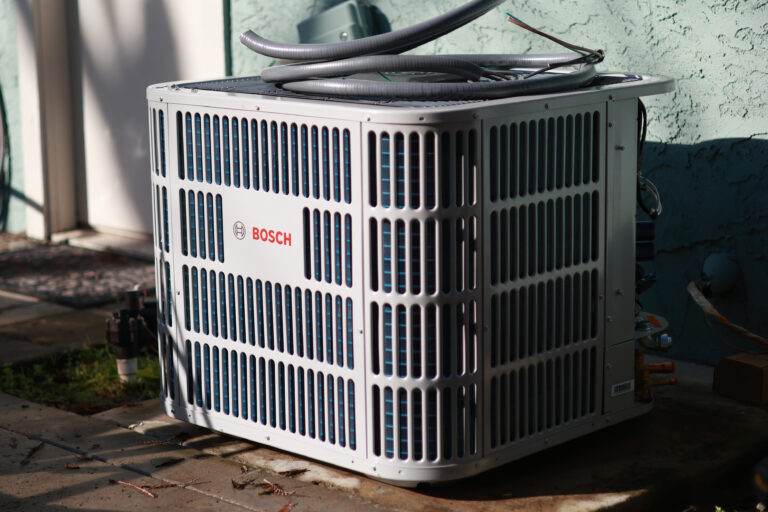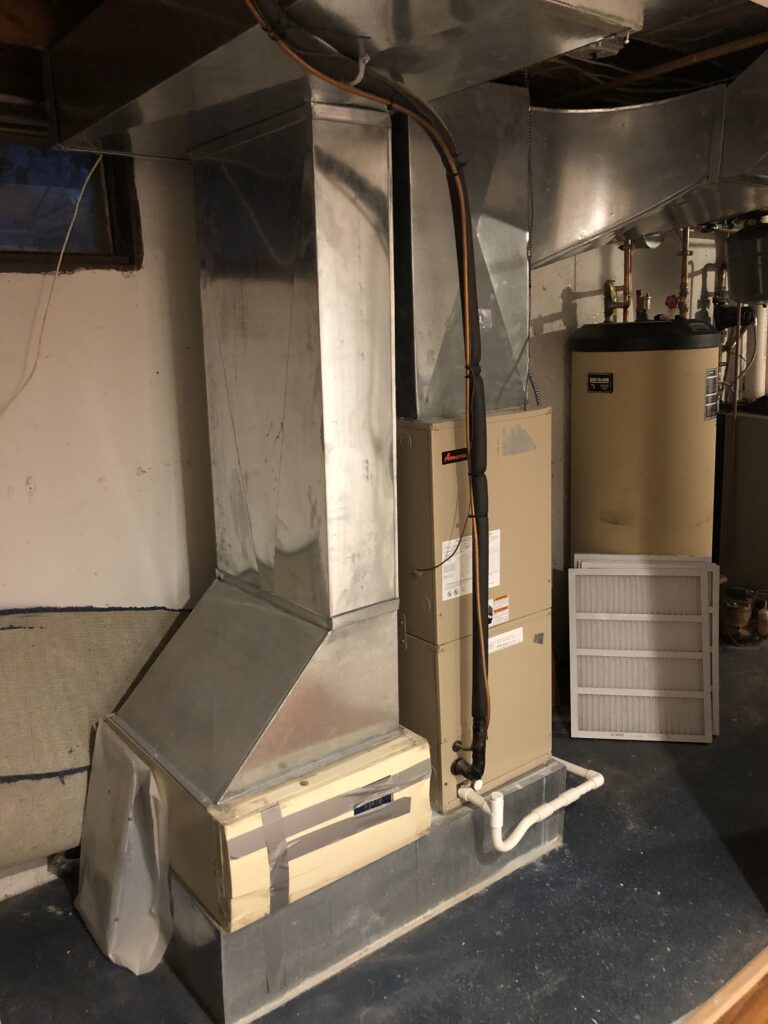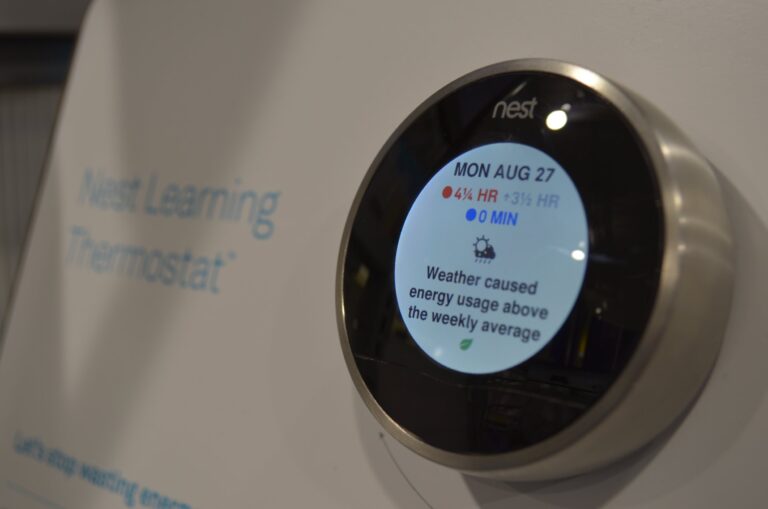Carbon monoxide (CO) is a colorless, odorless gas that poses a significant danger to your household if not properly managed. Unfortunately, it is often difficult to detect without specialized equipment, which makes it all the more dangerous. Therefore, understanding the risks and taking steps to prevent exposure are crucial for your family’s safety.
Why is it Dangerous?
Carbon monoxide is produced when fuel-burning appliances, such as furnaces, stoves, and water heaters, operate inefficiently. In many cases, improper ventilation or a malfunctioning appliance can cause it to accumulate indoors. Moreover, the gas is dangerous because it binds to hemoglobin in the blood, preventing oxygen from reaching your vital organs. As a result, even a small amount of exposure can lead to serious health issues.
However, there are ways to minimize the risks associated with it. By installing carbon monoxide detectors in your home and having regular maintenance checks on all fuel-burning appliances, you can protect your family from the potentially fatal effects of CO exposure.
Signs and Symptoms of Carbon Monoxide Poisoning
Recognizing the symptoms of carbon monoxide poisoning is essential for ensuring early intervention. Symptoms often start with headaches, dizziness, and nausea. Additionally, prolonged exposure can lead to confusion, chest pain, and even loss of consciousness. For instance, if you notice these symptoms while at home but they subside when you leave, it could be an indication that there is a carbon monoxide leak in your home.
Furthermore, CO poisoning is especially dangerous for children, the elderly, and individuals with pre-existing health conditions. This is why having a functional carbon monoxide detector is one of the most important steps you can take to ensure your home’s safety.
How to Prevent Exposure
Preventing carbon monoxide exposure requires a combination of regular maintenance and effective detection methods. First and foremost, ensure that all fuel-burning appliances are inspected annually by a qualified technician. Moreover, proper ventilation is essential when using fireplaces or gas stoves, as this allows carbon monoxide to safely exit your home.
By choosing to install detectors on every level of your home, you add an extra layer of safety that can alert you to rising levels of CO before it becomes harmful. In addition, never run a car or gas-powered device in an enclosed space, such as a garage, without proper ventilation.
In summary, protecting your home from exposure involves understanding the risks, recognizing symptoms, and using detectors and proper maintenance to prevent leaks.
Don’t take chances. Contact Steve Patrick Air today at 559-224-1729 to schedule an inspection and ensure your fuel-burning appliances are operating safely.
Learn more about financing here.






